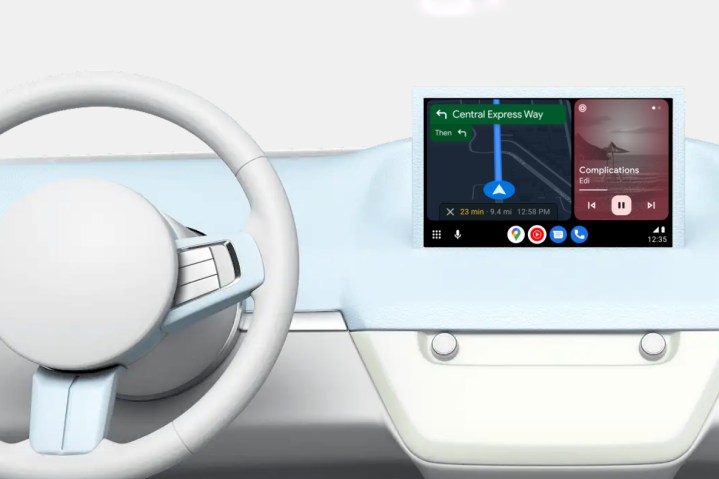Android Auto is an excellent platform that helps bridge the gap between a driver’s phone and their car’s control center, and now it’s getting even better.
The latest update for the Android Auto beta adds an exciting amount of customization to the interface’s widgets. Now, instead of the usual fixed layout that users have grown accustomed to, the widgets are interchangeable and able to be customized to best accommodate a driver’s needs.

This means that if a driver wants the navigation menu to be on the right side as opposed to its usual left configuration (as seen in the photo above), they can do that. Similarly, the music player and other widgets can be switched from one side to the other in just a few taps. Overall, the change is absolutely welcome and makes Android Auto an even better resource to rely on while driving.
Changing your Android Auto layout is, luckily, very simple and can be done either on your
While the update isn’t anything huge, it’s a frequently requested quality-of-life change that makes the Android experience that much more customizable and accommodating. It’s worth noting that you won’t have the option to customize your widget placements if you aren’t an
Editors' Recommendations
- Android 15 might add a new way to charge your gadgets
- This Android phone is so bad I couldn’t review it
- A new Android 15 update just launched. Here’s everything that’s new
- Want to own a piece of iPhone history? You just got a new chance
- The 1Password Android app just got a huge upgrade




